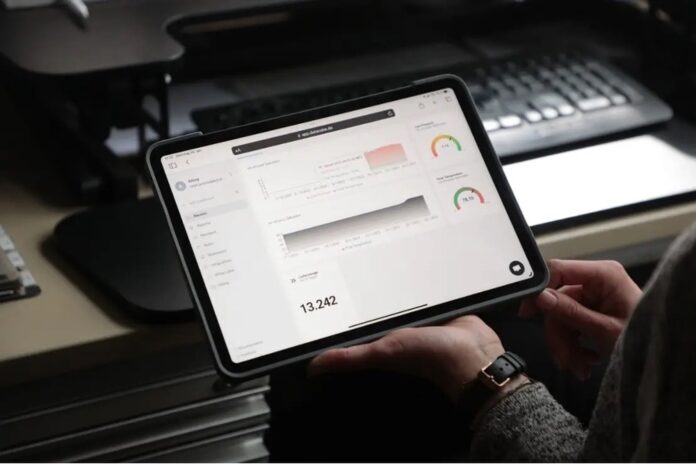Cloud-based IoT solution can make old systems more efficient without an upgrade, apparently
Vodafone Germany is working with Serveo on an urban lighting management project called Light as you Need (LayN). The idea is to promote efficient management of public lighting by optimising energy and analysing mobility patterns using big data technologies, analytics and IoT.
LayN aims to provide light to based on needs, determined by large volumes of anonymised data from the Vodafone network, which analyses citizens’ movements in a granular way.
Much of the time, urban areas are lit when no-one is around or sometimes underlit.
Analysing footfall
Based on the analyses of footfall, the solution can optimise the configuration of existing lighting control mechanisms and those of new lighting management systems where Serveo already provides services.
LayN has two elements. First, the IoT sensors implanted in streetlamps use 4G, 5G and edge computing to control the lighting and secondly, the data analytics provided by Vodafone Analytics highlights where and when lighting is needed.
In addition to making people feel more comfortable and safer, energy savings of up to 30% are possible in addition to a 60% saving from using LED lighting.
After a successful test of the solution in one of the cities operated by Serveo, Vodafone intends to extend it to other municipalities committed to sustainability and energy efficiency.
Plug and play
According to a 2022 study by the Federal Statistical Office, only around a third of companies in Germany use smartly networked systems. Many are put off by the need for expensive, complex upgrades to machines and systems that are also time consuming.
The new IoT solution, Modbus Cloud Connect, is intended to overcome this obstacle as it is plug and play and so can even “make even old machines smart”, according to Vodafone. Business customers do not need to reprogram individual solutions or even replace machines, the operator claims.
After an onboarding, the device is connected to a central interface and all machine data can be sent to the cloud via narrowband IoT or LTE-M. Modbus Cloud Connect then translates the data into a human-readable format which can be analysed to support remote maintenance or better energy management.



